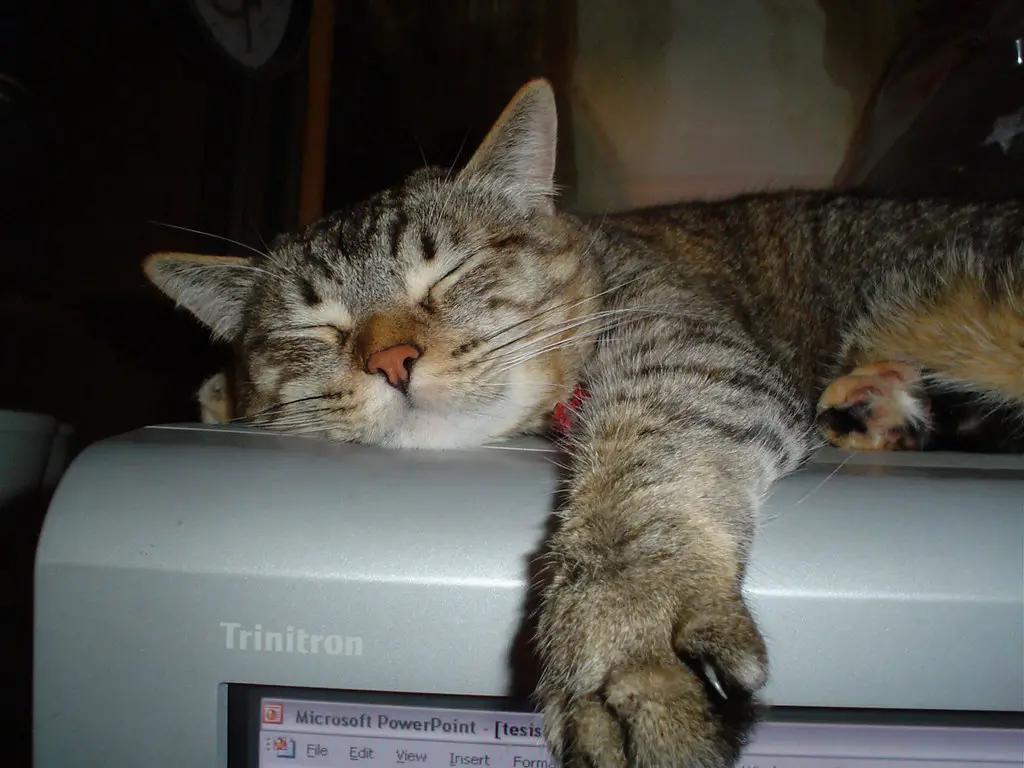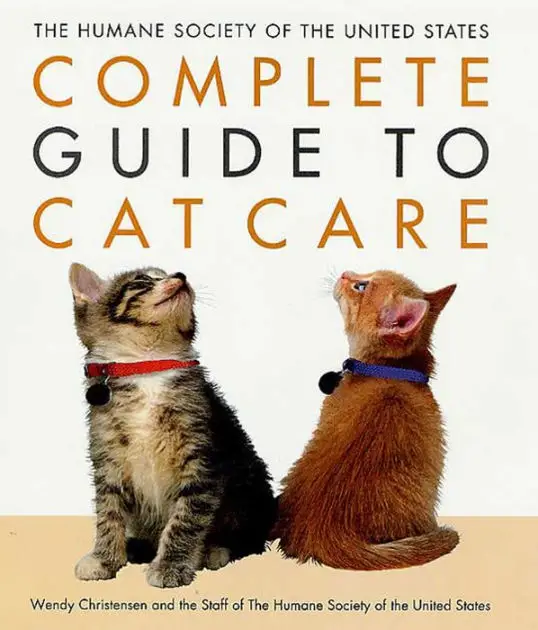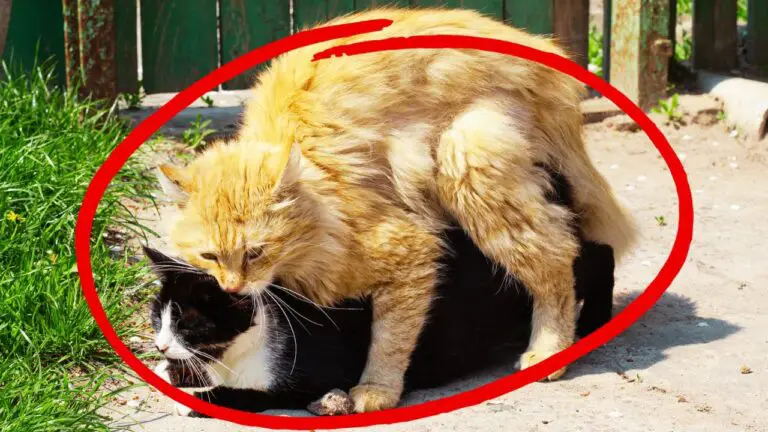Feline Family Planning: A Guide to Ethical and Caring Cat Breeding Practices
In the world of feline enthusiasts and aspiring cat breeders, the whimsical allure of kittens can sometimes eclipse the serious responsibilities involved in bringing new feline lives into the world. Ethical cat breeding is not just a hobby – it’s a deeply consequential practice that, if approached with the care and respect it demands, can contribute to the betterment of cat species while ensuring the welfare of individual animals. If you’re a cat lover or a hobbyist breeder, getting familiar with feline family planning best practices is more than a virtue – it’s essential. This guide is designed to equip you with the knowledge to practice ethical and caring cat breeding, fostering a community of responsible pet ownership.

Understanding the Basics of Cat Breeding
Cats, like most mammals, have distinct reproductive cycles. Understanding these cycles is crucial for successful and responsible breeding. Female cats typically come into heat, or estrus, several times a year. This is the optimal time for mating, and during this period, they may exhibit increased affection and vocalization. The gestation period of a cat is approximately 63-65 days. This means that the natural breeding cycle gives birth to kittens in a little over two months after mating.
When discussing the genetics of cat breeding, it’s important to remember that breeding different cat breeds will have varied genetic implications. Breeding for certain traits can lead to an increased likelihood of genetic disorders. Recognizing and mitigating these risks is paramount. Invest in genetic testing to ensure your breeding pair does not pass unwanted traits to their offspring, and strive to diversify the gene pool rather than encouraging inbreeding.
Ethical Considerations
Responsible breeding goes beyond the individual breeding pair. Overpopulation is a significant issue for felines, with millions of cats in shelters globally. Avoid contributing to this problem by considering the societal consequences of your litter. Breed for health and temperament, not just looks. Your goal should be to enhance the well-being of the breed, not just its aesthetics.
Understanding feline welfare and the ethics surrounding breeding is integral to your practice. Responsible ownership and breeding require a high level of accountability. Always act in the best interest of the cats, and refuse to partake in any breeding practices that might compromise their health and welfare.
Preparing for a Litter
Before your cats begin their breeding journeys, thorough health checks should be a priority. This will include a visit to the vet to ensure your breeding pair is in optimal health. Essential vaccines should be up to date, and both cats should be free from hereditary diseases. Additionally, create a birthing box or area that is secluded, warm, and safe. This space should be where the mother can give birth and care for her kittens away from the stress and potential dangers of the outside world.
The Breeding Process
Mating is a natural and instinctual process for cats, but your role as a breeder is to facilitate this process safely. Introduce the mating pair gradually and observe them closely to ensure they are compatible. Do not force mating. Your intervention should be to protect and facilitate, not to force or disrupt the natural process.
During the pregnancy period, which lasts between 58 to 67 days after fertilization, it is vital that you provide proper care for the queen. This includes feeding her a balanced diet, ensuring she remains calm and comfortable, and providing a suitable environment that meets her nesting instincts.
Raising Kittens
Once the kittens arrive, your focus shifts to their care and socialization. Newborn kittens are entirely dependent on their mother for nourishment and warmth. Should the mother be unable or unwilling to care for them, you must be prepared to step in with bottle-feeding and round-the-clock care.
Socialization is equally important. Introduce the kittens to human touch and daily experiences from a young age to ensure they grow into well-adjusted pets.
Finding Responsible Homes for Kittens
It’s not enough to breed a healthy litter; you must find them homes conducive to their well-being. Screen potential adopters thoroughly to ensure they can provide a loving and responsible environment. The goal is to match each kitten with a suitable, committed, and capable caregiver.
You also need to be aware of the legal and ethical considerations surrounding the rehoming of kittens. Familiarize yourself with the laws that govern pet sales and rehoming in your area, and always ensure that you are compliant with them.

Conclusion
Caring for the breeding process responsibly means considering the welfare of cats and the impact on the cat community as a whole. Prioritize health, safe practices, and the long-term welfare of the breed in all your endeavors. Encourage ethical practices in the breeding community and lead by example. By ensuring that feline family planning is approached with knowledge and care, we can contribute to a world where cats are valued and cherished for their unique qualities and well-being.







